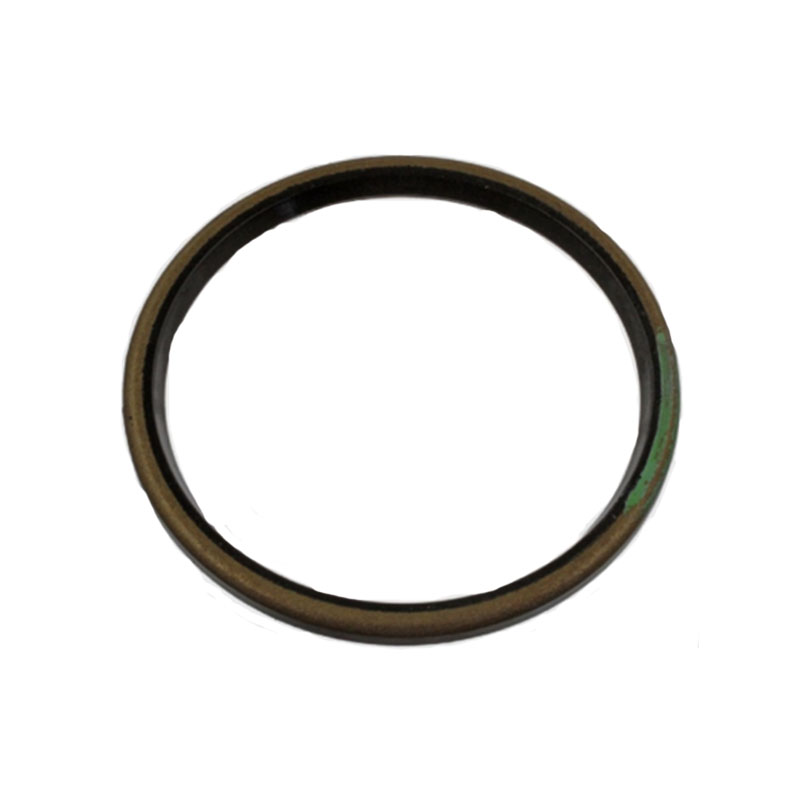O-Ring Rotary Seal - High-Performance Sealing Solutions
Understanding O-Ring Rotary Seals A Comprehensive Overview
O-rings and rotary seals play a crucial role in various mechanical applications, serving as essential components for preventing fluid leakage and maintaining the integrity of systems that rely on motion. In this article, we will delve into the function, types, materials, and applications of O-ring rotary seals, highlighting their importance in engineering and manufacturing sectors.
What are O-Ring Rotary Seals?
O-ring rotary seals are circular sealing devices made from elastomeric materials, designed to fit snugly into grooves on rotating shafts. They are typically shaped like a torus, providing a reliable barrier against the passage of liquids and gases between two or more surfaces. The unique design of O-rings allows them to maintain contact with the shaft and the housing, creating a dynamic seal that withstands the stresses of rotational motion.
Functionality and Working Principle
The main function of O-ring rotary seals is to prevent the leakage of lubricants and fluids while allowing for smooth rotational movement. As the shaft rotates, the O-ring deforms slightly under pressure, creating a tight seal that improves its effectiveness. This ability to compress and conform to various surfaces makes O-ring seals ideal for high-speed applications, where minimal friction and wear are crucial.
The sealing effect is predominantly achieved through the O-ring’s material properties and its geometric design. When installed properly, the O-ring provides a balance of tensile strength and elasticity, allowing it to withstand extreme pressures and temperatures while maintaining its sealing capacity.
Materials Used in O-Ring Rotary Seals
O-rings can be manufactured from a variety of materials, each offering distinct advantages depending on the application. Common materials include
o ring rotary seal

1. Nitrile Rubber (NBR) Known for its excellent oil and fuel resistance, NBR is widely used in automotive and industrial applications. 2. Fluoroelastomer (FKM) This high-performance material is resistant to extreme temperatures and harsh chemicals, making it suitable for aerospace and chemical processing environments.
3. Silicone With outstanding temperature resistance, silicone O-rings are often used in food and pharmaceutical applications.
4. Polyurethane This material offers superior abrasion resistance and is often chosen for applications that involve high wear and tear.
Applications of O-Ring Rotary Seals
O-ring rotary seals are utilized in a wide array of industries, including automotive, aerospace, oil and gas, and manufacturing. Their applications include
- Pumps and Compressors To prevent fluid leakage in hydraulic systems. - Electric Motors To seal rotating shafts and enhance efficiency. - Hydraulic Cylinders To maintain pressure and ensure reliable operation. - Medical Equipment Where cleanliness and hygiene are paramount.
Conclusion
In summary, O-ring rotary seals are vital components in a myriad of mechanical applications, providing effective solutions for preventing leaks and ensuring the smooth operation of machinery. Their versatility in materials and designs allows engineers to customize solutions that meet the specific needs of various industries. Understanding the functionality and importance of O-ring rotary seals is essential for anyone involved in engineering, manufacturing, or maintenance, as they play a fundamental role in the reliability and efficiency of countless systems.
-
Understanding Automotive Oil Seals: Essential Components for Engine and Shaft Protection
News Jul.30,2025
-
The Importance of Heavy Duty Seals in Industrial and Residential Applications
News Jul.30,2025
-
Exploring Industrial Oil Seals: From Felt Oil Seals to TTO and CFW Solutions
News Jul.30,2025
-
Essential Guide to Oil Seals: From Radial to Metal-Cased Seals for Industrial Reliability
News Jul.30,2025
-
Choosing the Right Oil Seals and Gaskets for Industrial and Automotive Applications
News Jul.30,2025
-
Cassette Seals: Durable Sealing Solutions for Harsh Environments
News Jul.30,2025
-
Understanding the Front Main Engine Seal: Purpose, Maintenance, and Installation
News Jul.29,2025
Products categories















